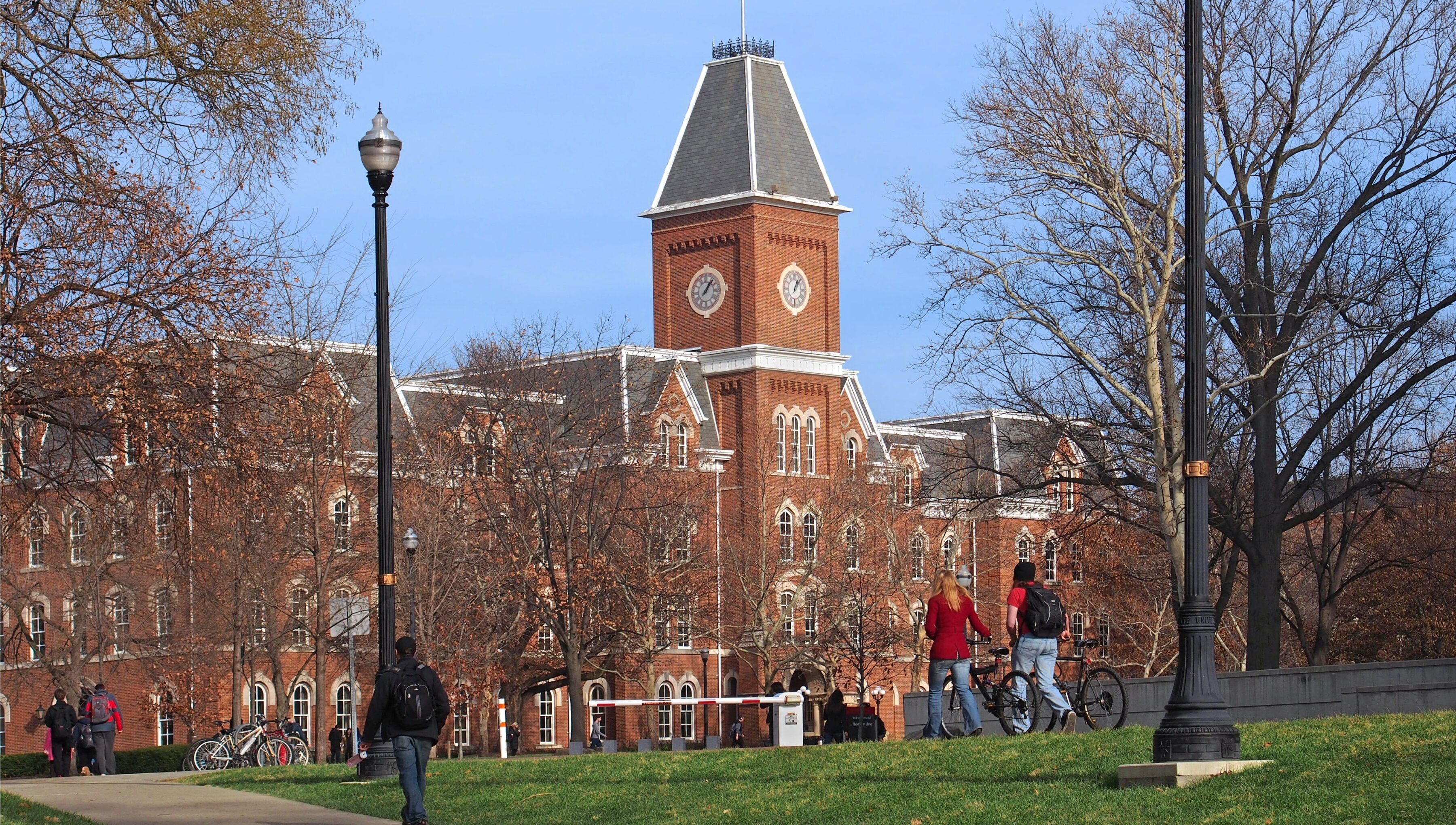Below are definitions and examples of different types of colleges (liberal arts colleges, research universities, specialty schools and comprehensive colleges). Much of the content is from College Admission: From Application to Acceptance, by Robin Mamlet and Christine Vandevelde. This is a great book if you are looking for a comprehensive and easy to read book for both parents and students about the college process.
Liberal arts colleges offer a liberal education to students across the arts, humanities, social sciences, and sciences. Primarily awarding undergraduate degrees, their faculties are focused on teaching, although many offer strong opportunities for students to be involved in and conduct research. Usually small to medium-sized schools, they typically enroll fewer that 5,000 students, with most living on campus. Examples include, College of Charleston, Kenyon, Bowdoin, Carleton, Claremont Mckenna and University of North Carolina at Asheville.
Research universities offer a full range of academic programs in undergraduate, master’s, and doctoral programs. They may be either public or private and can have enrollment as small as 5,000 or as large as 50,000. Research is a part of the mission statement of these schools, and so faculty members are expected to place a priority on research as well as teaching. Research universities are composed of several colleges, including a college of liberal arts, all of which usually share a single campus. They also offer programs in professional fields such as nursing, architecture, communications, the arts and engineering. Examples include Northwestern, Vanderbilt, UCLA, Yale, University of Michigan, Tufts and George Washington.
Specialty schools primarily offer undergraduate degrees in the fine and performing arts, business, and engineering. Students entering these programs should be confident of and committed to their particular course of study. Examples include Babson College for business, Massachusetts’s Olin College of Engineering, Parsons School in New York for design and fashion merchandising and San Francisco Conservatory for Music.
Comprehensive colleges are master’s universities and baccalaureate colleges. Baccalaureate colleges offer programs in the liberal arts, but also pre-professional programs. Master’s universities provide a full range of undergraduate studies, some master’s programs, and sometimes a small number of doctoral programs. These institutions focus primarily on undergraduate education just as the liberal arts colleges do but grant fewer than 50 percent of their degrees in liberal arts disciplines. Examples include Santa Clara University, United States Air Force Academy, University of the Pacific, and University of Puget Sound.




